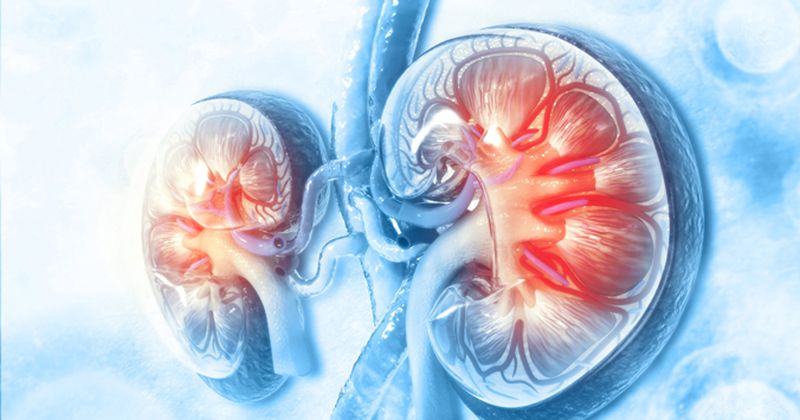Dietary amino acid patterns correlate with CKD incidence
Dietary amino acid patterns correlate with an increased risk of chronic kidney disease, according to data published in the Journal of Renal Nutrition.
“It has been previously reported that the amino acid pattern characterized by the branched-chain, aromatic, and alcoholic amino acids and proline was directly related to incident hypertension. Considering that hypertension is the main risk factor of CKD and findings on the amino-acid-hypertension relationship, it is probable that dietary amino acids can alter the risk of CKD,” Golaleh Asghari, PhD, from the Nutrition and Endocrine Research Center of the Research Institute for Endocrine Sciences at Shahid Beheshti University of Medical Sciences in Iran, and colleagues wrote.

Asghari and colleagues used the Tehran Lipid and Glucose Study to determine the association between dietary amino acid patterns and risk of CKD. The large population-based prospective cohort study included 4,233 adults (45.9% were men) without CKD at baseline and were followed for 3.1 years.
Using principal component analysis with varimax rotation based on eight amino acid groups, researchers characterized major amino acid patterns. Additionally, researchers used multivariable logistic regression models to predict the risk of CKD across quartiles of dietary amino acid pattern scores.
Researchers identified 513 new cases of CKD among participants after the 3.1-year follow-up. The three major amino acid patterns were: (1) higher loads of branched-chain, alcoholic and aromatic amino acids; (2) higher loads of acidic amino acids, proline and lower load of alkaline amino acids and small amino acids; and (3) higher loads of sulfuric amino acids and small amino acids.
While the highest score of first dietary amino acids pattern correlated with an increased risk of CKD, the multivariable model revealed the second pattern was associated with a decreased risk of CKD.
“In this study, we observed a significant direct association between the amino acid pattern with a higher load of the branched-chain, alcoholic, and aromatic amino acids and risk of CKD after 3.1 years of follow-up. Also, an inverse association was shown between the amino acid pattern with a higher load of acidic amino acids and proline and a lower load of alkaline amino acids and small amino acids and risk of CKD incidence,” Asghari and colleagues wrote. “However, the third pattern which is characterized by higher loads of sulfuric amino acids and small amino acids was not associated with the risk of CKD. We also found the same results on the association of dietary amino acids patterns with risk of CKD incidence, after excluding the diabetic and hypertensive patients at the baseline of the study.”
